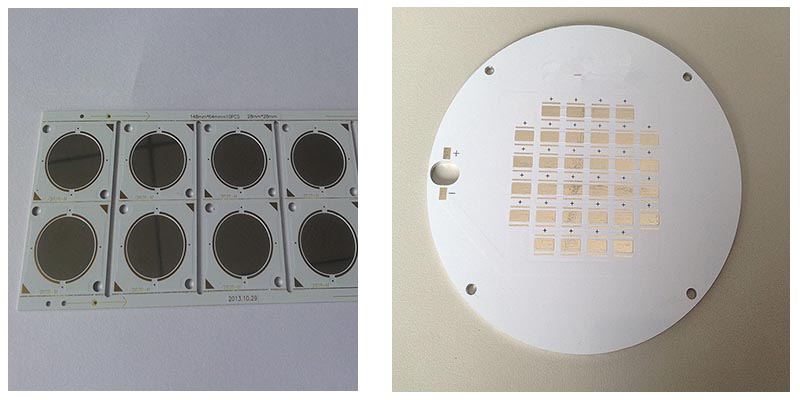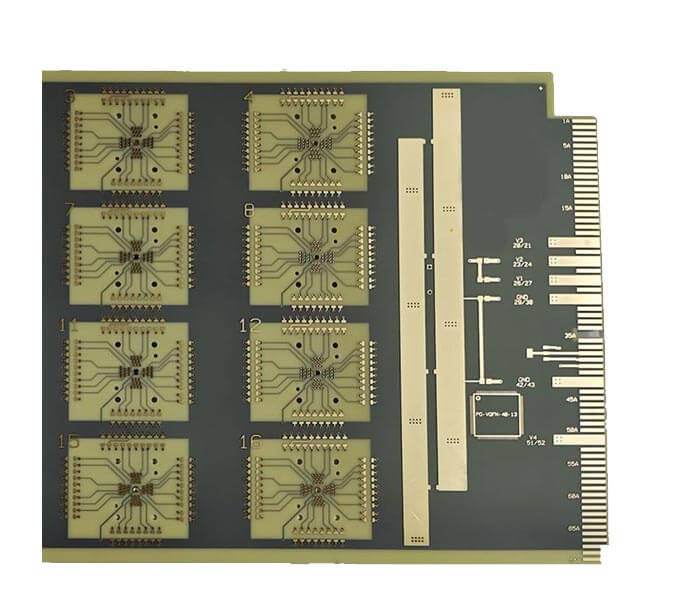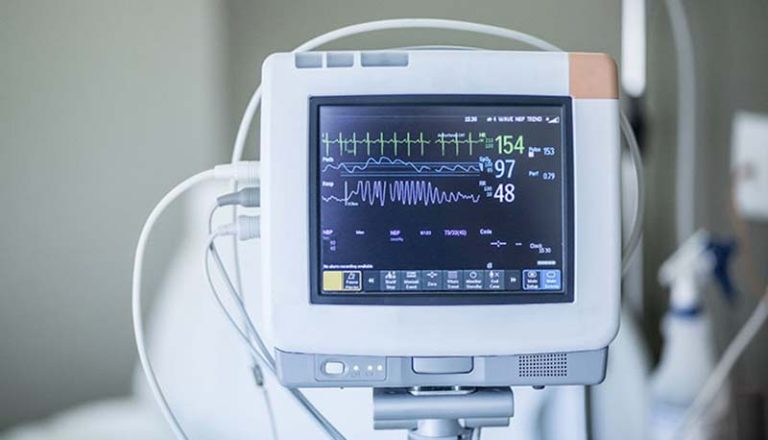metal core pcb thickness
Metal core PCBs (Printed Circuit Boards) are becoming increasingly popular in modern
electronics. These PCBs are designed with a metal core, which provides several benefits
over traditional PCBs. One of the most important aspects of a metal core PCB is its
thickness. In this article, we will discuss the importance of metal core PCB thickness and
why it matters in modern electronics.
Why is Metal Core PCB Thickness Important?
The thickness of a metal core PCB is an essential factor in its performance. The thickness
of the metal core layer determines how much heat can be dissipated from the circuit board.
If the metal core is too thin, it will not be able to dissipate heat efficiently, which can
cause the circuit board to overheat and fail.
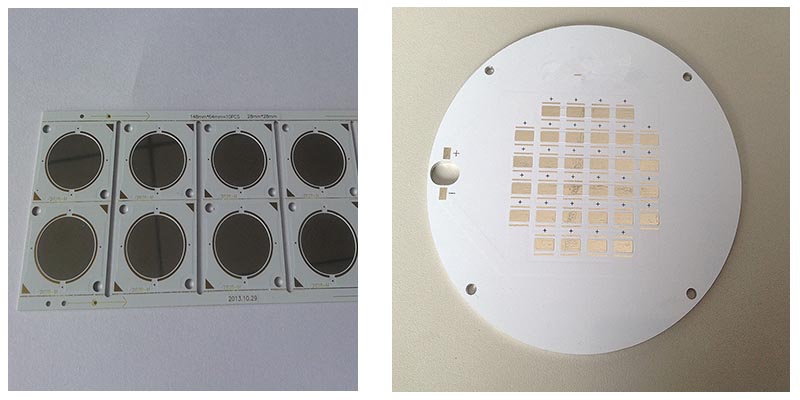
On the other hand, if the metal core is too thick, it can add unnecessary weight and bulk
to the circuit board. This can make it difficult to integrate the PCB into a product or
device, especially if space is limited.
The ideal thickness of a metal core PCB depends on several factors, including the size of
the circuit board, the amount of heat generated by the components, and the operating
environment. In general, a metal core PCB should have a thickness of at least 1.0mm to
provide adequate heat dissipation.
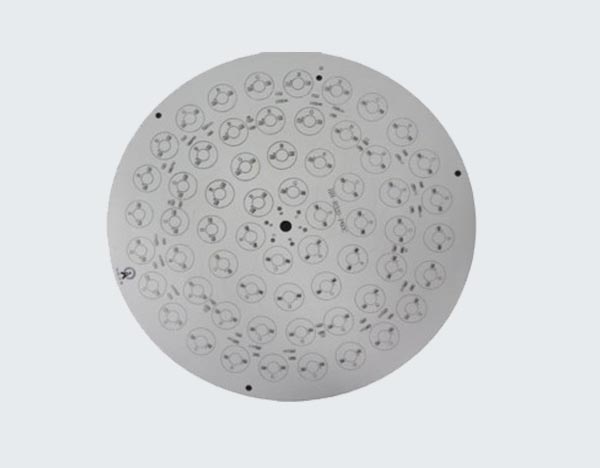
Benefits of Metal Core PCBs
Metal core PCBs offer several benefits over traditional PCBs. These benefits include:
1. Improved Heat Dissipation: The metal core layer in a metal core PCB provides better heat
dissipation than traditional PCBs. This is because the metal core layer acts as a heat
sink, absorbing and dissipating heat away from the components.
2. Higher Thermal Conductivity: Metal core PCBs have higher thermal conductivity than
traditional PCBs. This means that heat can be transferred more efficiently from the
components to the metal core layer.
3. Improved Mechanical Stability: Metal core PCBs are more mechanically stable than
traditional PCBs. This is because the metal core layer provides additional support and
rigidity to the circuit board.
4. Better Electrical Performance: Metal core PCBs have better electrical performance than
traditional PCBs. This is because the metal core layer provides a more stable and
consistent ground plane.
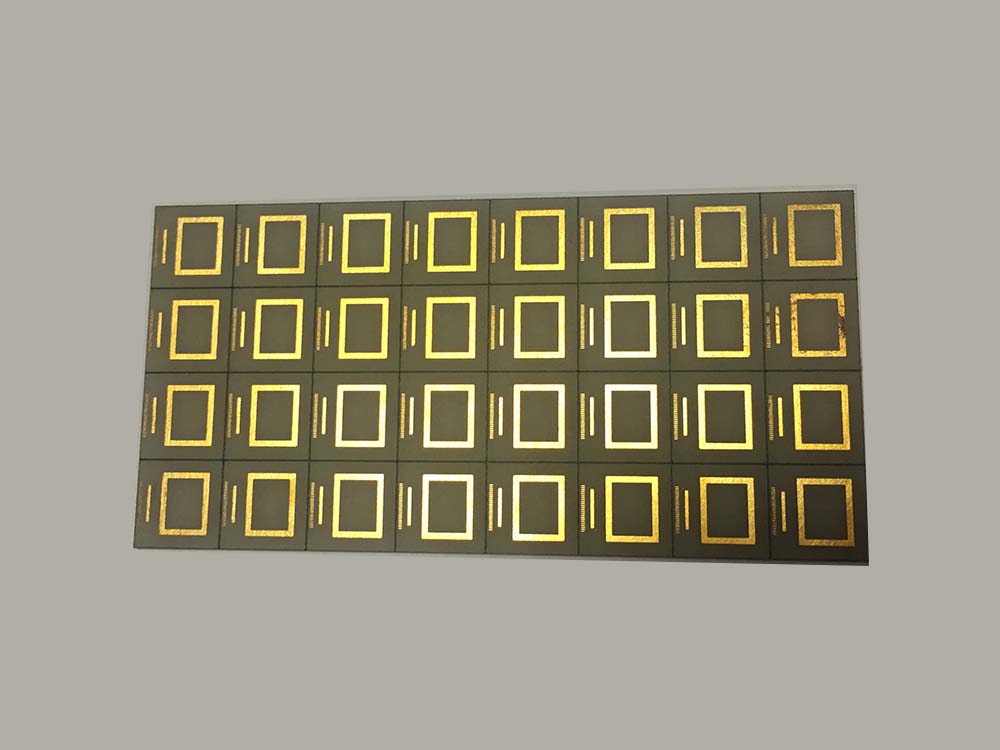
Conclusion
In conclusion, the thickness of a metal core PCB is an essential factor in its performance.
The ideal thickness of a metal core PCB depends on several factors, including the size of
the circuit board, the amount of heat generated by the components, and the operating
environment. Metal core PCBs offer several benefits over traditional PCBs, including
improved heat dissipation, higher thermal conductivity, improved mechanical stability, and
better electrical performance. As such, metal core PCBs are becoming increasingly popular
in modern electronics.

